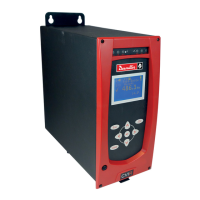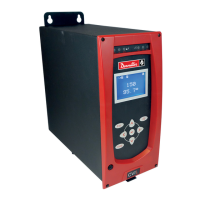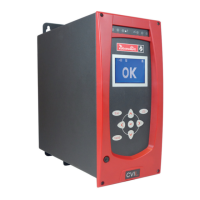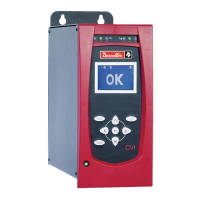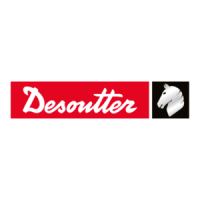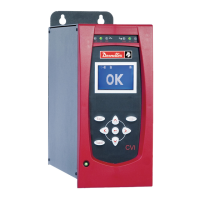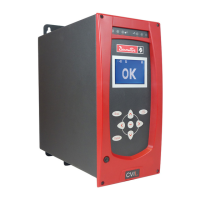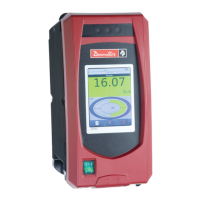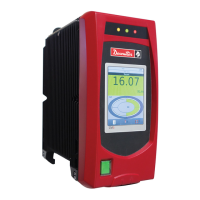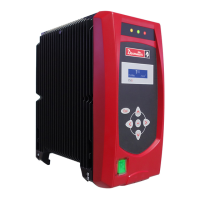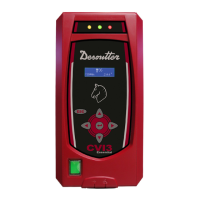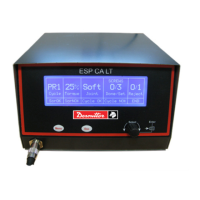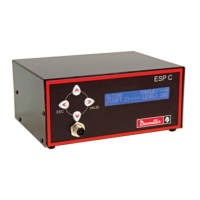www.desouttertools.com
Part no 6159933910
Issue no 04
Date 02/2014
Page 1 / 72
All rights reserved. Any unauthorized use or copying of the contents or part thereof is
prohibited. This applies in particular to trademarks, model denominations, part numbers
and drawings. Use only authorized parts. Any damage or malfunction caused by the use of
unauthorised parts is not covered by Warranty or Product Liability.
